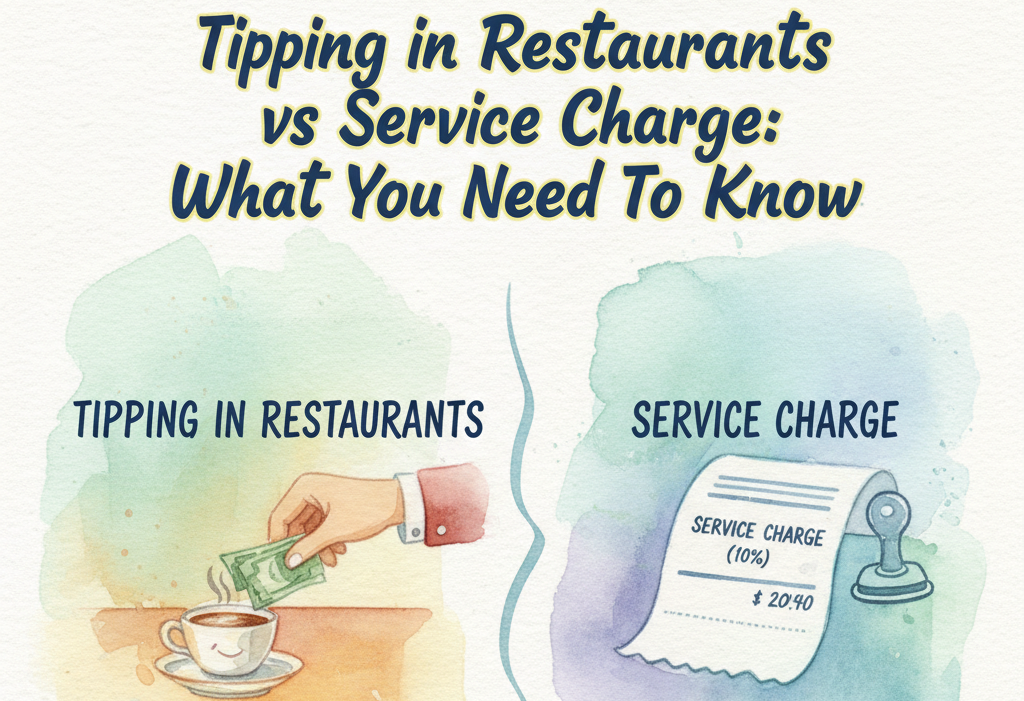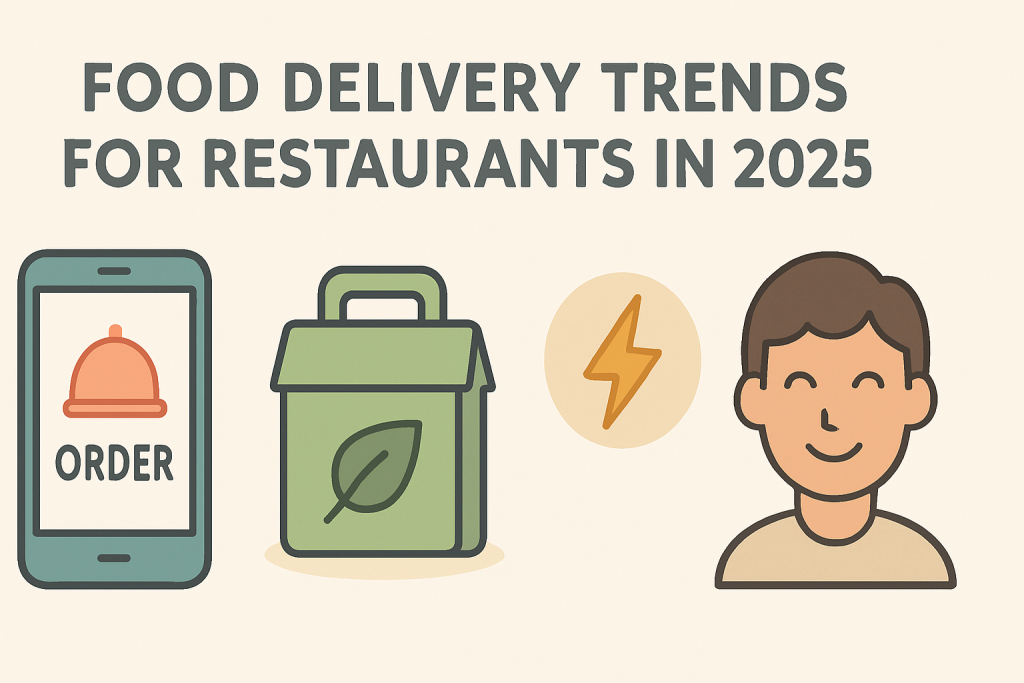Restaurants are an integral part of modern culture and have become an increasingly popular option for people to choose for their meals. However, restaurants are facing a challenge when it comes to providing efficient delivery services. As customers expect the convenience of delivery and take-out, restaurants have to make sure they can meet these needs. Fortunately, there are steps that can be taken to improve restaurant delivery efficiency.
In this article we’re going to break down the 6 easy to achieve steps you can take to make sure your restaurant delivery services are as efficient as possible. Each step will provide valuable insight into different methods you can use to increase the efficiency of your restaurant delivery services. We will look at different optimization strategies such as using the right technology, streamlining delivery processes, and optimising routes. By the end of this blog post, you will have an idea of the different ways you can make sure your delivery services are as effective and efficient as possible.
Step #1: Analyse Current Delivery Process
The first step in improving restaurant delivery efficiency is to analyse the current delivery process. This includes taking a look at how orders are taken and fulfilled, how long it takes for orders to be delivered, and how often deliveries are late or incorrect. By taking the time to analyse the current delivery process, restaurants can identify areas that need improvement and create a plan to streamline their delivery process. When analysing the current delivery process, restaurants should consider the number of orders they receive and how long the order fulfilment process takes. Additionally, restaurants should consider what their current delivery radius is and how their delivery drivers are performing. Restaurants should also take note of any customer complaints or issues that have come up in the past. All of this data can help restaurants identify areas where improvements can be made.
Step #2: Create a Delivery Schedule
Creating a delivery schedule is the next essential step in improving restaurant delivery efficiency. It helps to ensure that drivers are able to deliver orders in a timely and efficient manner. The schedule should include the estimated delivery times for each order, as well as a timeline for completing the entire order. This will allow drivers to plan their route in advance, helping to avoid any delays or missed deliveries.
When creating a delivery schedule, it is important to take into account the restaurant’s busiest times. For example, if a restaurant is busiest in the evening, then the delivery schedule should be planned accordingly. This will help to ensure that drivers are able to deliver orders in a timely manner and that customers are not left waiting too long. Additionally, the restaurant may want to create different schedules for different days of the week, depending on the volume of orders. Once the delivery schedule is created, it should be shared with all drivers and updated regularly. This will help to ensure that everyone is on the same page and that orders are delivered promptly. It may also be helpful to provide drivers with a map of the area, so they can plan the most efficient route possible. By taking the time to create and maintain a delivery schedule, restaurants can improve their delivery efficiency and provide better service to their customers.
Step #3: Train Delivery Staff
Moving on, the next important step is training your staff appropriately and effectively. Training delivery staff is an important step in improving restaurant delivery efficiency. With the right training, delivery staff can be prepared to handle customer orders quickly and efficiently.
When training delivery staff, it is important to cover a variety of topics. First, delivery staff should be taught about food safety and proper food handling procedures. This will ensure that the food is safe to eat. Additionally, staff should be trained on how to properly package orders and how to use delivery tracking technology. This will help to ensure orders are delivered in a timely manner. Lastly, staff should be taught how to properly interact with customers, such as by providing friendly customer service.
Step #4: Utilise Technology
In today’s tech-driven world, utilising technology to improve restaurant delivery efficiency is a must. By leveraging the power of technology, restaurants can streamline their delivery process, saving time and money. One of the most effective ways for a restaurant to utilise technology is to implement an online ordering system. This allows customers to conveniently and quickly place orders from their computers or mobile devices, reducing the amount of time spent on phone orders. Once the customer places their order, the restaurant can then use their software to track the order, alert delivery drivers, and monitor the order’s progress. This provides a level of efficiency to the process that simply can’t be achieved with traditional methods.
Step #5: Optimise Delivery Routes
Optimising delivery routes is essential to improving restaurant delivery efficiency. By analysing delivery order data, restaurants can identify areas that may need more delivery drivers and adjust routes to reduce wait time and increase customer satisfaction. By mapping out the most efficient routes, restaurants can reduce labour costs, increase productivity, and improve customer experience.
When optimising delivery routes, restaurants should consider the amount of time it takes to deliver each order, the distance between locations, traffic patterns, and any other factors that can impact delivery times. Additionally, restaurants should consider which delivery drivers are best suited for different routes. For example, a driver who is comfortable navigating busy streets may be better suited for a route in a metropolitan area, while a driver who has experience driving in rural areas may be better for a rural route.
Step #6: Monitor and Adjust
Likely the most important step of them all, what this basically entails is regularly reviewing your delivery system, tracking data, and evaluating performance. This will allow you to identify any potential issues and make adjustments to improve efficiency. With the data collected, you can make informed decisions to optimise delivery times, reduce costs, and improve customer satisfaction. It is important to create a feedback loop so that you can get feedback from your customers about their experience. This will provide valuable insights that can help you refine the delivery system and make improvements. Additionally, customer feedback can be used to identify areas of improvement and make sure that your delivery service is meeting customer expectations.
Conclusion
In conclusion, improving restaurant delivery efficiency is an important task that requires careful planning and execution. By following the six easy steps outlined in this blog post, restaurants can start to make improvements that will help them provide faster and more efficient delivery services for their customers. This will result in improved customer satisfaction, increased revenue, and a more successful restaurant.
It’s important to note that improving restaurant delivery efficiency is a process that will take time, dedication, and patience. Restaurants must continuously review and update their delivery process in order to stay up-to-date with the latest technology and trends in order to remain competitive. Additionally, restaurants must pay close attention to customer feedback and use it as a guide when making changes to their delivery process. By doing so, restaurants can ensure that their delivery process is always running as efficiently and effectively as possible.



